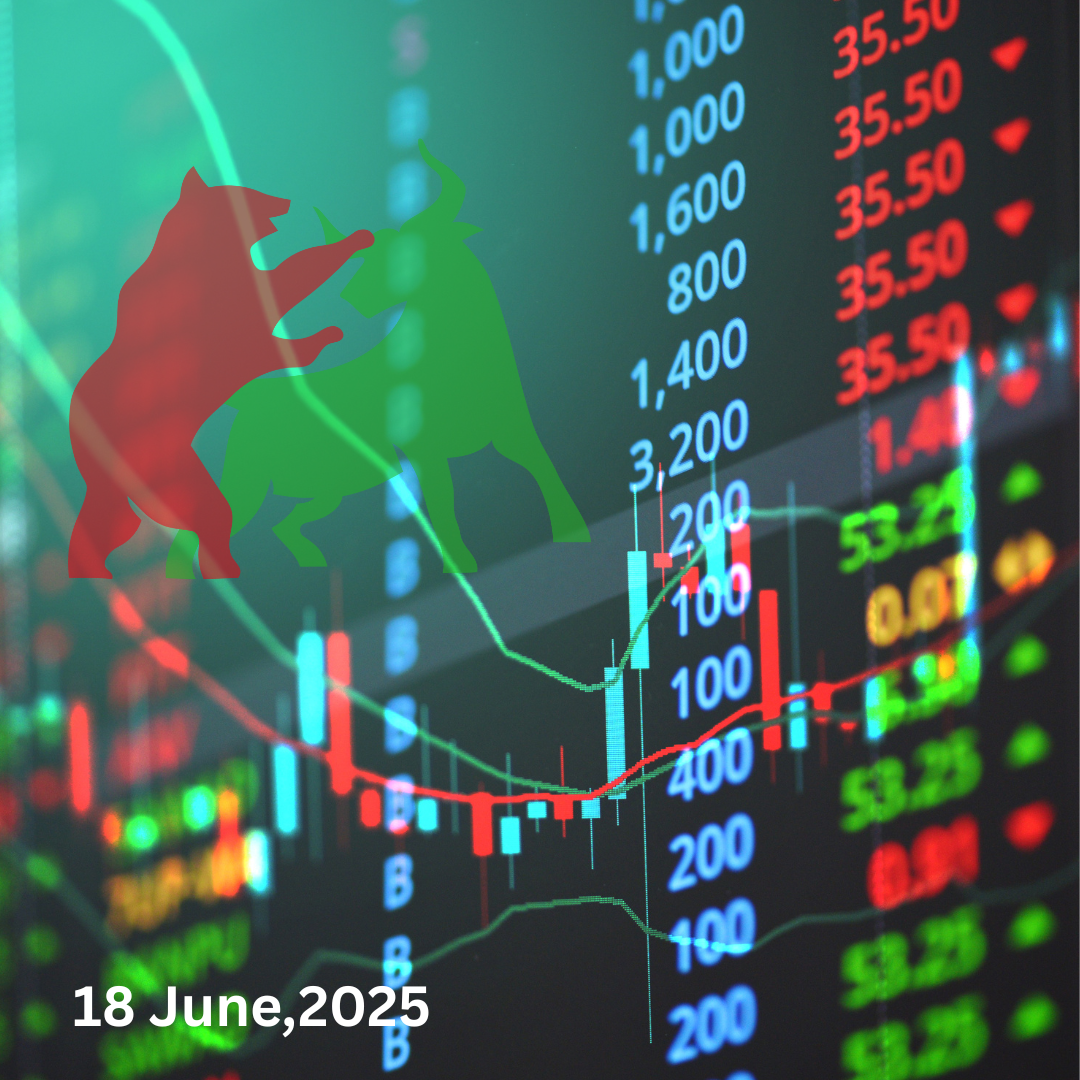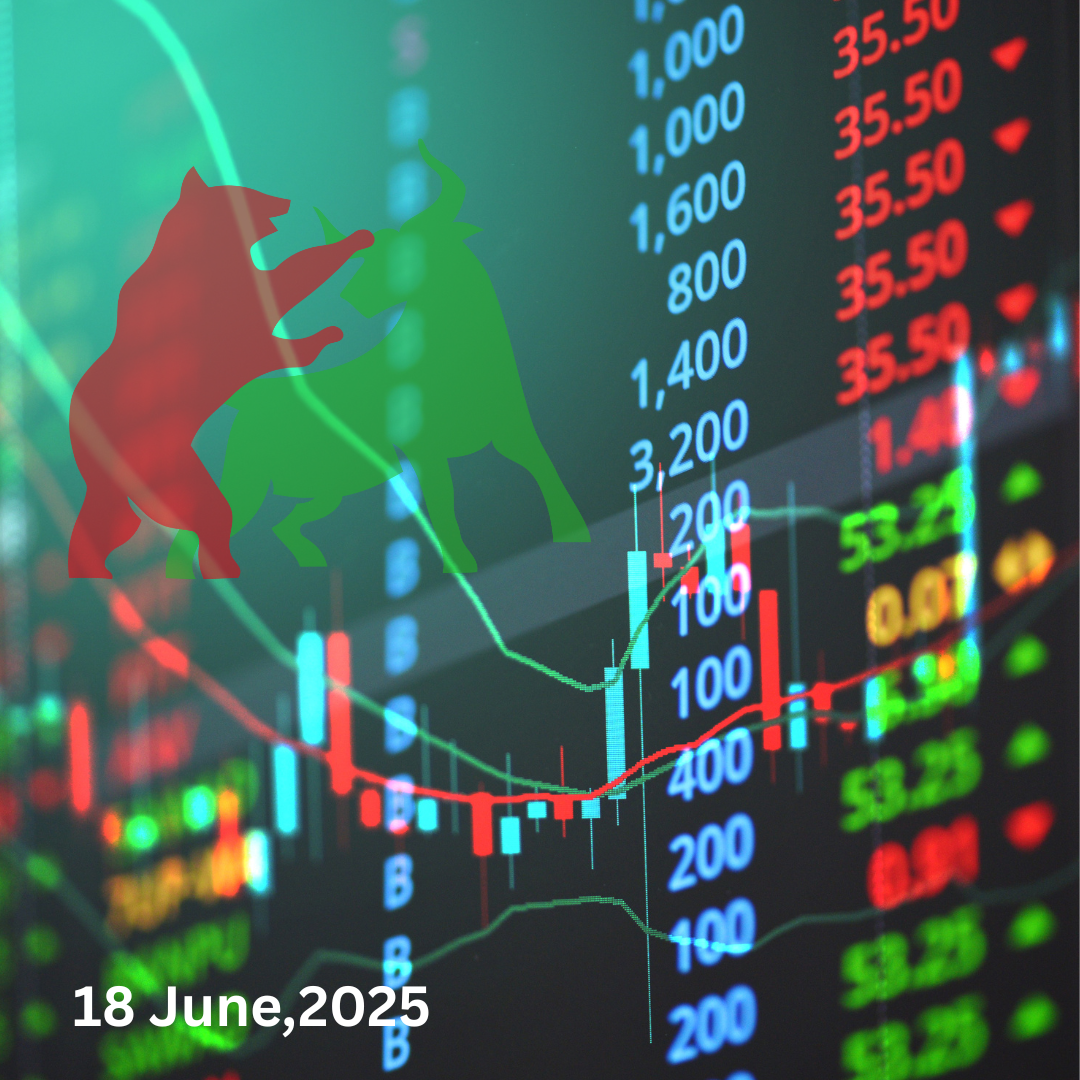- SENSEX 82408.17 1046.3 (1.27%)
- NIFTY 50 25112.4 319.15 (1.27%)
- GOLD 99096 -13 (-0.01%)
- SILVER 106275 51 (0.05%)
- NASDAQ 19547.22 0.95 (0%)
- FTSE 8784.27 66.3 (0.75%)
- Nikkei 37724.11 192.58 (0.51%)
- Crude 6419 -6 (-0.09%)
- USD/INR 86.5936 0.01 (0.02%)
- EURO 99.7488 -0.1 (-0.1%)
- POUND 116.4033 -0.19 (-0.16%)
- SENSEX 82408.17 1046.3 (1.27%)
- NIFTY 50 25112.4 319.15 (1.27%)
- GOLD 99096 -13 (-0.01%)
- SILVER 106275 51 (0.05%)
- NASDAQ 19547.22 0.95 (0%)
- FTSE 8784.27 66.3 (0.75%)
- Nikkei 37724.11 192.58 (0.51%)
- Crude 6419 -6 (-0.09%)
- USD/INR 86.5936 0.01 (0.02%)
- EURO 99.7488 -0.1 (-0.1%)
- POUND 116.4033 -0.19 (-0.16%)

The Indian Rupee has depreciated sharply to ₹86.37 against the US Dollar — a major concern for importers, investors, and the government alike. This is one of the steepest declines in recent months, triggering questions about what’s driving this sharp fall.
Let’s break down all the contributing factors and understand their impact on India’s economy — and your pocket.
1. Geopolitical Tensions in West Asia
-
The ongoing Israel-Iran conflict and broader instability in the Gulf region are disrupting global trade and oil supply chains. West Asia is a crucial source of crude oil for India.
-
Heightened risk perception is leading to capital flight from emerging markets.
-
Investors globally are becoming risk-averse and moving toward safer assets like the US dollar.
-
The fear of oil supply disruptions and higher energy costs is weighing heavily on India’s currency outlook.
2. Surge in Crude Oil Prices
-
Crude oil prices have risen sharply, nearing $90–$95 per barrel, due to supply concerns from the Middle East.
-
India imports over 85% of its crude oil — making it highly sensitive to global oil price fluctuations.
-
Higher oil prices mean increased demand for USD to settle oil bills.
-
It also worsens India’s trade deficit, a key factor dragging down the rupee.
3. Strengthening of the US Dollar
The US Dollar Index (DXY) has been rising due to:
-
Stronger-than-expected US economic data
-
Hawkish stance by the US Federal Reserve (hinting at keeping interest rates higher for longer)
-
Global investors moving capital from emerging markets to safer, interest-yielding US assets
-
When the dollar strengthens globally, emerging market currencies like the INR tend to weaken.
4. Foreign Institutional Investor (FII) Outflows
-
FIIs have been withdrawing capital from Indian equity and debt markets due to global uncertainty.
-
This leads to selling pressure on Indian stocks, prompting the need to convert INR into USD and repatriate funds.
-
This capital outflow puts further pressure on the rupee.
5. Trade Deficit Widening
India's trade deficit (imports > exports) continues to widen:
-
Due to rising import costs (especially oil, gold, electronics)
-
Export growth is slowing due to global demand softening
-
This results in a higher current account deficit, increasing the need for dollar financing
-
A large trade and current account deficit is a direct negative for the rupee.
6. Intervention by RBI — Limited Scope
The Reserve Bank of India (RBI) has been actively intervening in the forex market to stabilize the rupee, using its foreign exchange reserves.
However:
-
There is only so much the RBI can do without exhausting reserves.
-
RBI prefers a gradual depreciation rather than spending billions to defend an artificial level.
7. Rising Demand for Foreign Education, Travel, and Imports
-
More Indians are spending on foreign education, travel, and international purchases (e.g., iPhones, luxury goods).
-
This increases retail demand for the dollar, adding to the pressure on the rupee.
8. Weakness in Other Emerging Market Currencies
Currencies of other emerging markets (e.g., Turkish Lira, South African Rand, Indonesian Rupiah) are also falling.
This creates a contagion effect, putting pressure on the INR as part of the emerging market basket.
What Does This Mean for You?
-
For Travelers & Students
-
Trips abroad are now more expensive.
-
Foreign university fees and remittances will cost more.
For Consumers
-
Fuel prices are expected to rise soon.
-
This will lead to inflation across transport, logistics, and food items.
For Shoppers
-
Imported goods such as electronics, cars, or branded items may become costlier.
For Investors
-
Volatility in markets is likely to remain high.
-
NRI inflows or dollar-based investments may benefit.
-
Export-driven companies (IT, pharma) may see a positive impact on revenue.
What You Can Do as an Investor
-
Continue SIPs in diversified mutual funds.
-
Hedge your dollar exposure if studying/traveling abroad.
-
Invest in export-oriented sectors and international mutual funds.
-
Consult a financial advisor to rebalance your portfolio.
Conclusion
The fall of the Indian Rupee to ₹86.37 is not an isolated event — it’s the result of multiple complex global factors converging: geopolitical tensions, crude oil price spikes, strong dollar, and capital outflows.
For individuals and investors, the focus should now be on risk management, diversification, and smart planning to stay ahead of the curve.


